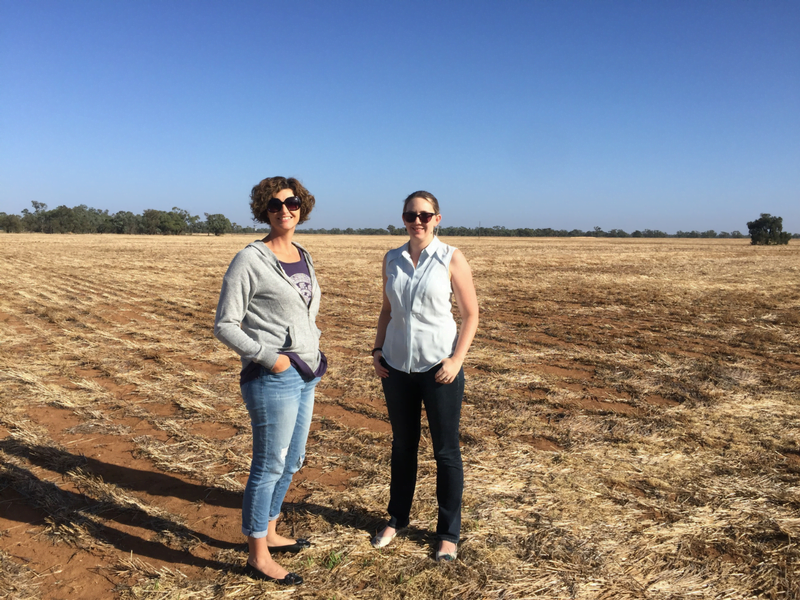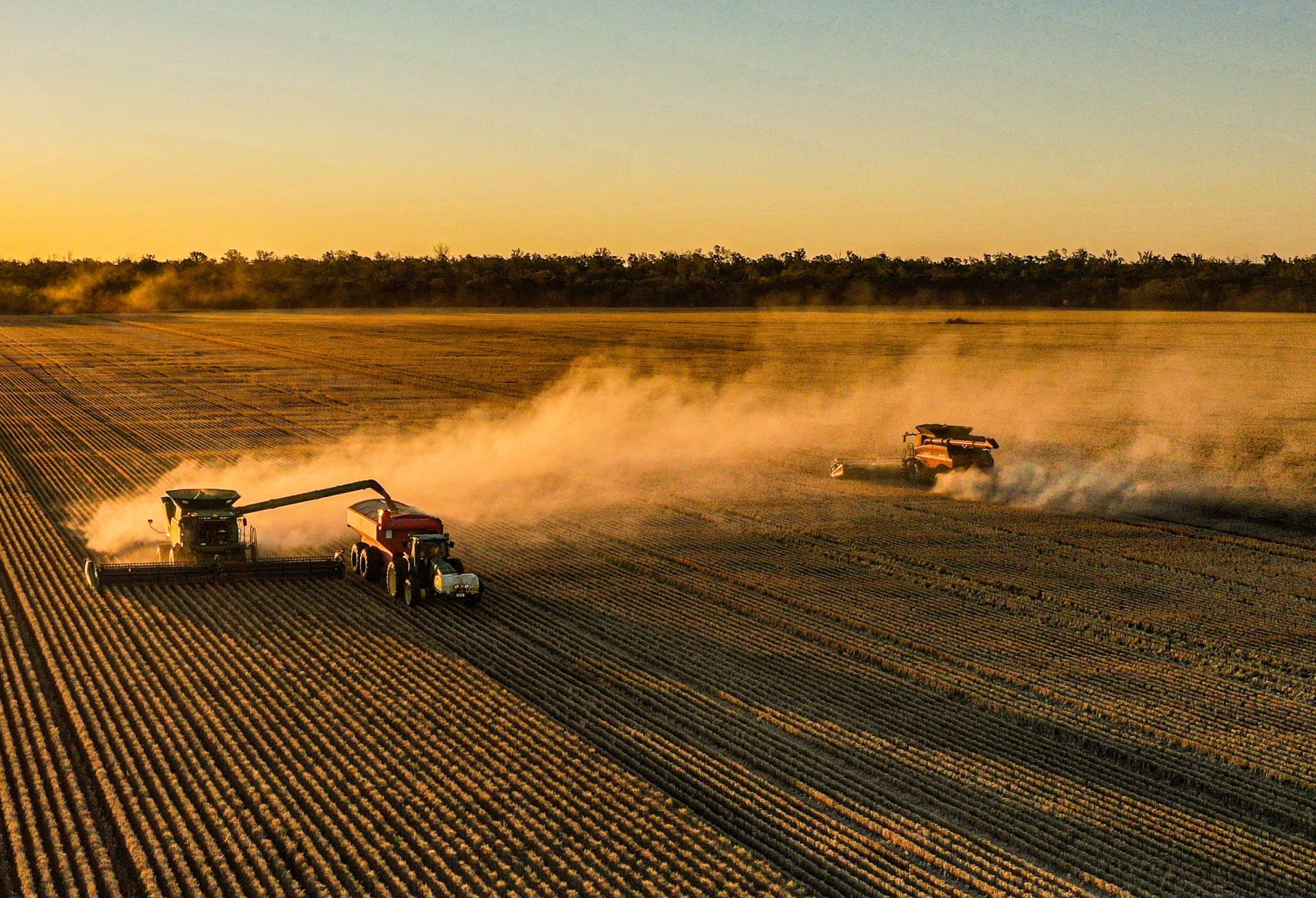Growers in the Wimmera and Southern Mallee are calling stumps at the end of a second consecutive above average season when it comes to grain yield and biomass production. If growers are looking to make it a hat-trick – getting the basics right at the start of the season will ensure they have the best chance to do it.
Continuing with the hat-trick metaphor, we’ve taken the first two wickets, and when McGrath took Campbell, then Lara at the WACA in 1999 – it’s guaranteed he took the time to set the field, to find his mark before he charged in at Jimmy Adams. He set everything up to give himself the best chance possible.
It’s important to note that there are some things growers can’t control – rainfall is still an unpredictable resource, breakdowns, commodity prices or frost and extreme heat at flowering – but there is a huge amount we can control – and unsurprisingly, it’s as soon as the previous season ends.
Previous research undertaken by BCG as part of GRDC’s water use efficiency project highlighted a 1:5 return on investment when controlling summer weeds. This result was consistent throughout 5 seasons, across the southern region, in both wet and dry growing seasons. The four-year fallow management trial on sandy and clay soils resulted in an average increase in wheat yields of 0.7t/ha on sand and 0.9t/ha on clay soils with good summer fallow management.
Conserving soil moisture is one of the key drivers behind a summer fallow system – the other is the conservation of nutrients. On the back of two seasons of high yields, chances are that soil nutrient availability, even with good control of summer weeds, will be low.
“Looking forward, it is important growers recognise the past two seasons will have depleted soil nutrients,” explained James Murray, Senior Manager Research. “We’ve had two great years and large amounts of biomass produced. One of the most important things a grower can do is to conduct soil samples prior to sowing in 2021.”
“Understand your soils, understand your crop requirements and source inputs appropriately.” He continued. “A modelling tool, such as Yield Prophet, can help growers match the input requirements with yield potential. After the last two years, growers need to be aware that they may need to apply more N fertiliser than usual.”
Statistics in the region, particularly around wheat protein percentage, are telling the story. “If you’re wondering why your wheat didn’t make the H1 grade you were expecting this year – there is a strong likelihood there were deficiencies in N availability.”
Wheat yield averages sat around 3.8t/ha in the Southern Mallee this harvest season – even at the lowest grade (7.5% protein) the N utilised would be around 50 t/ha (100 Units of Urea). The table below outlines the N use for wheat grain production across the protein percentages associated with the different grades. Importantly, if you know your yields, you can calculate your nutrient use and if you haven’t applied equal to or over the amount you’ve used in grain production over the last two years, it will be important to know your starting point before sowing. A bowler on a hat-trick wouldn’t start the run-up from an unknown spot – neither should you.












